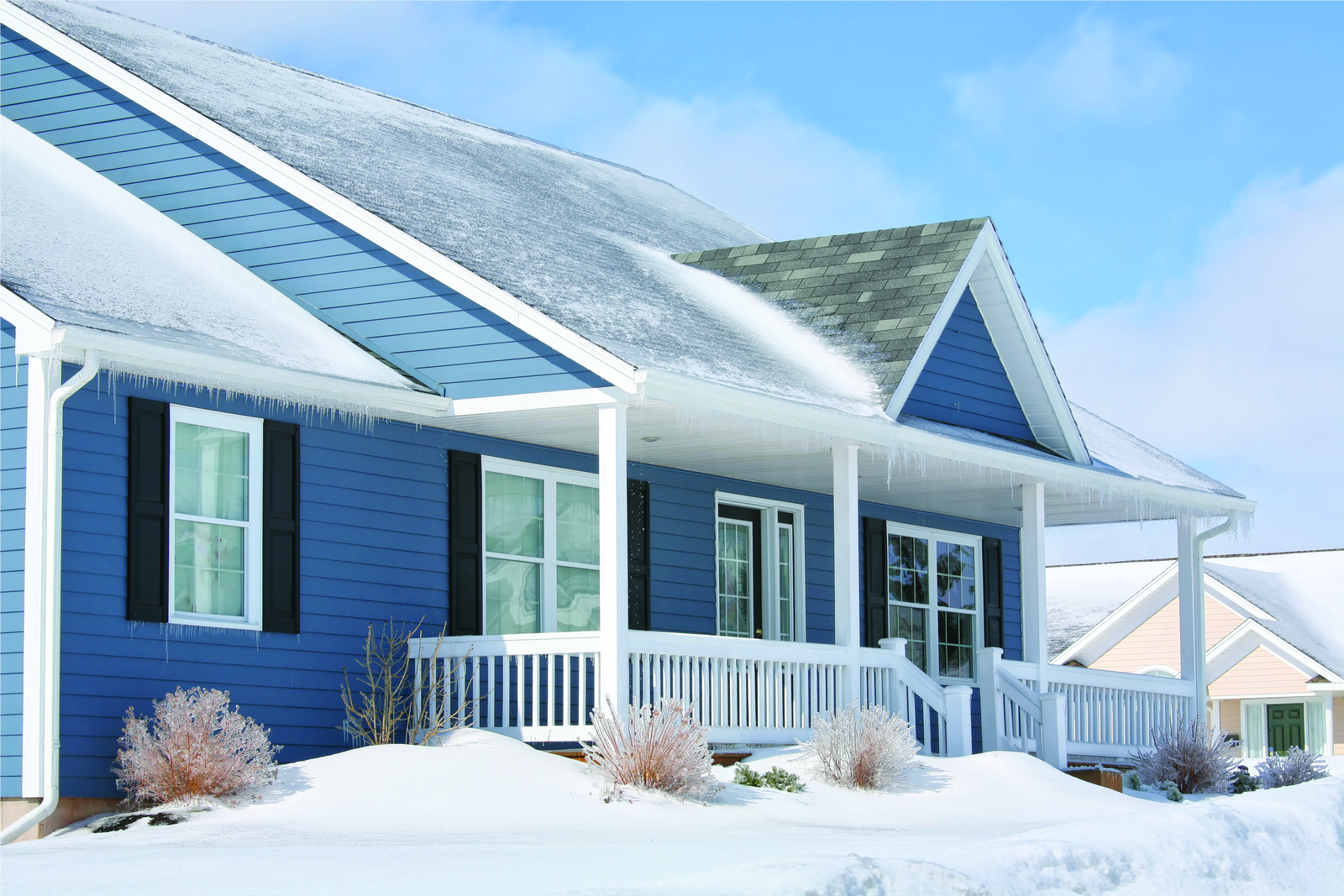
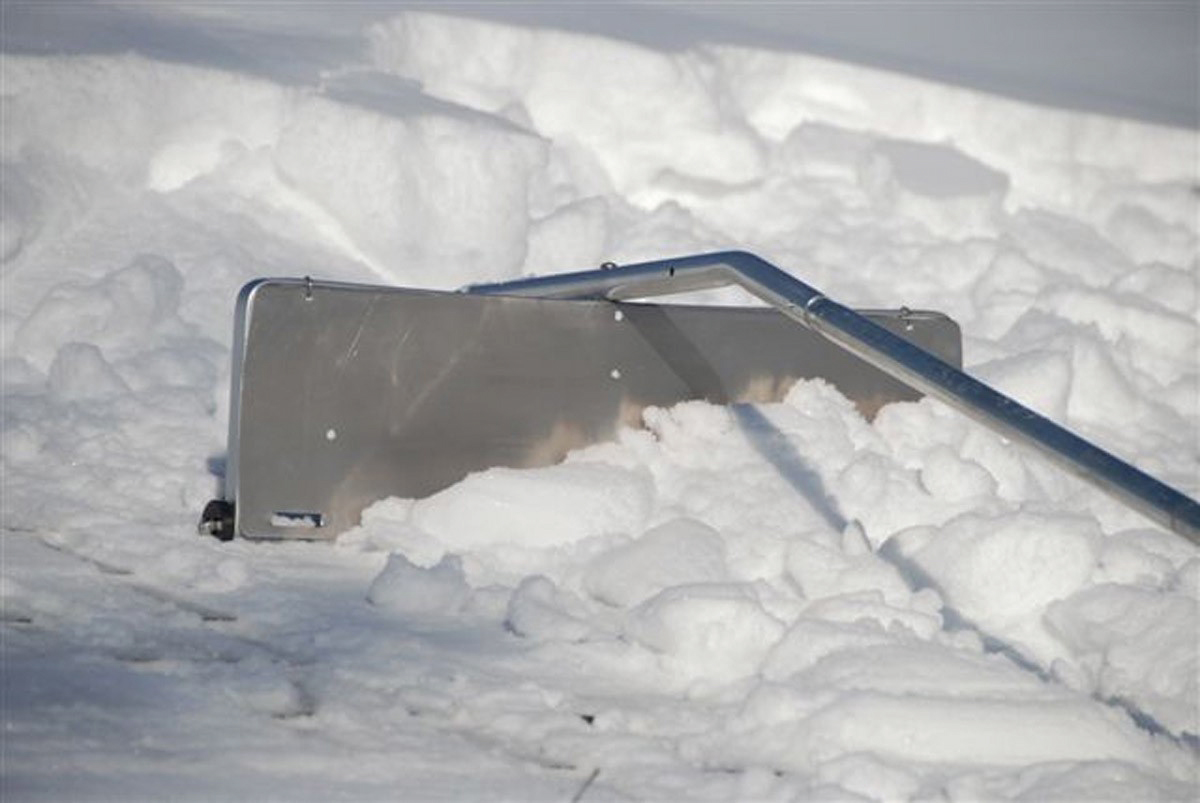
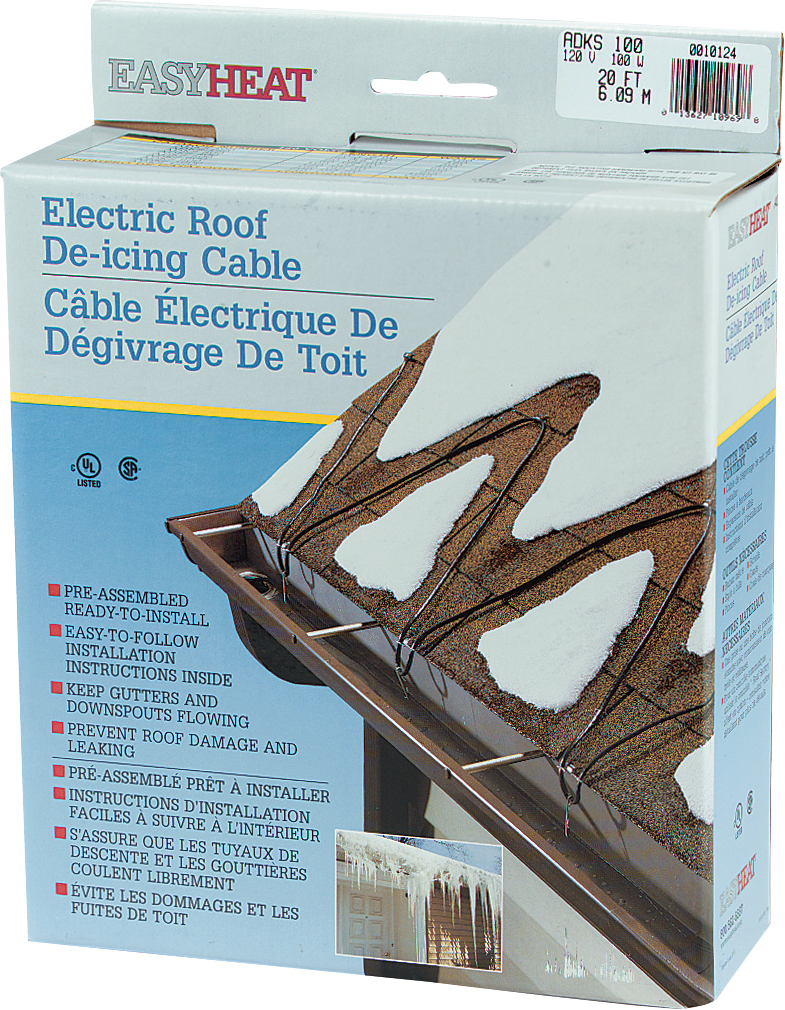
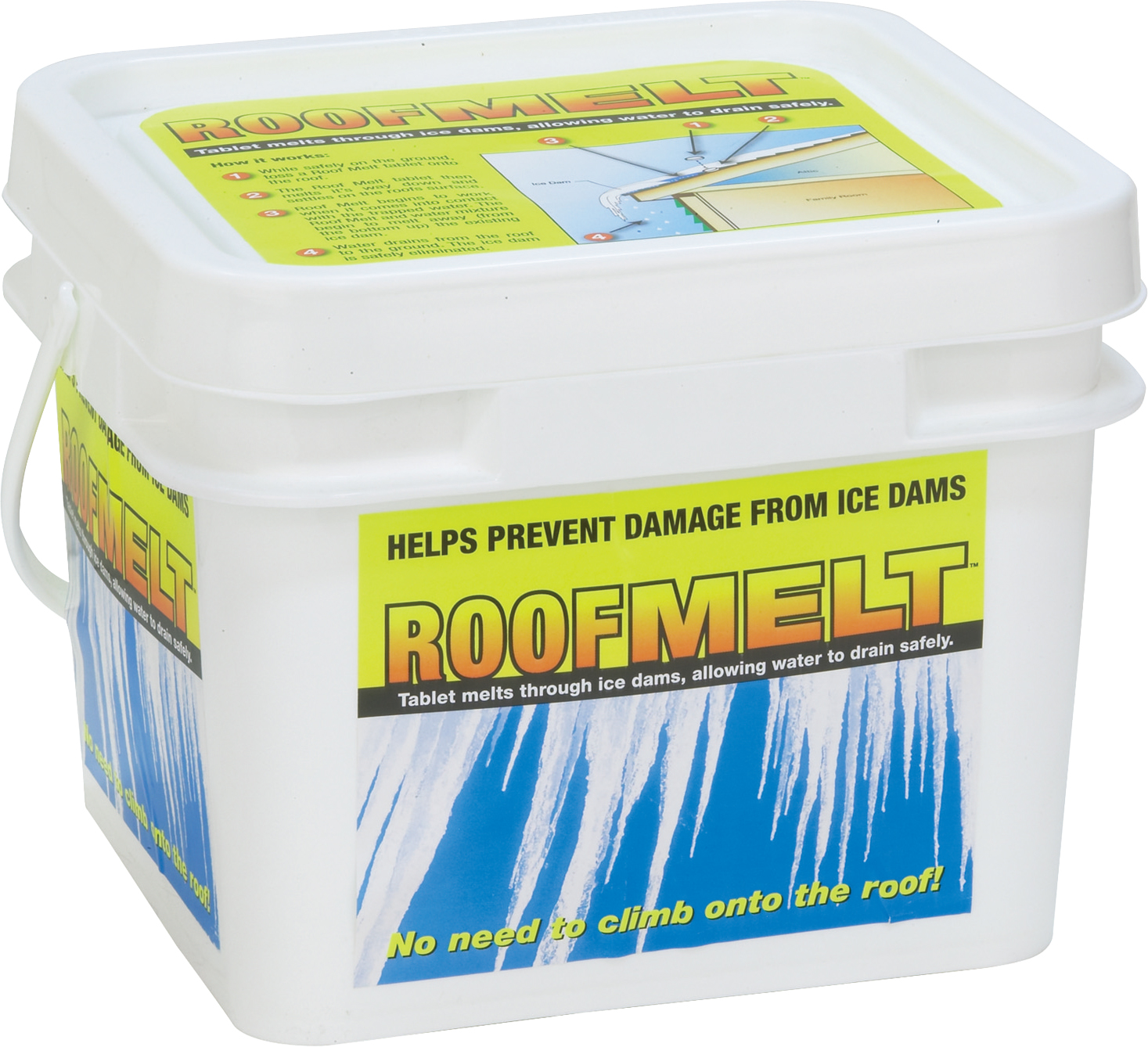
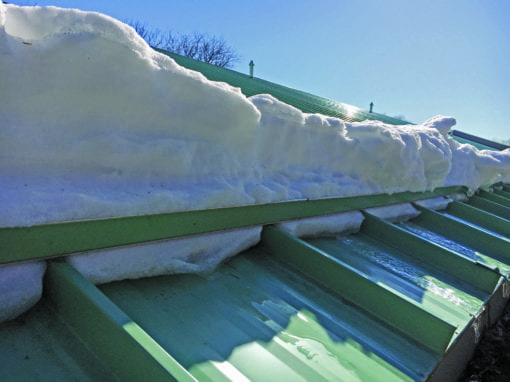
Protection of your Roof this Winter
Is there anything I should do during the Winter for my Roof?
Not every home is built the same. But when it comes to winter, all homes must have a roof that serves the same purpose. Keep the snow and moisture out of the home, and protection of your roof is something not to ignore.
Some roofs are built just for purpose, but some are designed for curb appeal. Adding dormers, peaks and valleys can oftentimes create not only a challenge for the roofing installers, but it also adds to the complexity of doing its job. Shedding moisture and protecting the home that rests underneath. That leads us to even more importantly… protecting your roof this winter so you it, in turn, can protect your home.
Winter vs. the rest of the Seasons
Spring, summer and fall is easy. It rains, and the water drains. Gravity does its job in getting the moisture to the eaves and gutters, and off of the roof. But winter, however is a bit different. As snow begins to accumulate on the rooftop, and blows around in the wind, it may become heavier in some areas more than others.
The steeper the roof, the higher chances that the snow will fall or blow off, but for homes with a lower pitch will likely have snow all winter long. There will more than likely be days above freezing from time to time during the winter. Add that factor, with the heat from the sun on a dark roof, and there will be thaw / re-freezing cycles of the snow that take place on the rooftop. Every time snow melts, there will be water draining off the roof. But chances are good it may re-freeze before complete drainage, and now becomes the problem. It’s no longer snow… it’s now ice, thicker and harder to remove. A cool and clean roof is the best way to prevent ice dams (that means having your insulation checked to see that warm air is not escaping causing additional snow melting on the roof).
Ice frozen on roofs can cause damage by getting under the shingles or blocking gutters, or filling and freezing in the gutters. Gutters can get heavy with the ice buildup and either sag or completely fall off the house, further causing damage. This leads us to the all-important question of: “What should you do for protection of your roof this winter?”
Solutions for Winter Weather and your Roof
There’s a few solutions. Get a roof rake. Gently pull the snow off the bottom couple feet all the way across the eave lines of your home’s roof. It’s important to do this when the snow is fresh, before it sees any sun / thaw / re-freeze cycles. That way the first melting that takes place will keep your gutters free of any snow or ice buildup, and the snow that has melted has a place to drain to. And it’s important especially to get the valleys or troublesome spots where ice buildup is likely to happen.
Another solution is installing a roof heat cable. They are fairly easy to install (if you don’t mind being up on a ladder. If heights are a problem, either hire a professional, or rent a lift from our rental center) but should be done before there is snow on the roof. Fall is a good time to hang them. They have pros and cons, like any product. Anything that is electrically operated is going to increase your utility bill during the winter months. It’s best to only run them when there is snow in the area that the cable is installed, rather than leaving them plugged in all winter. Heat Cables also cause melting of snow, into water, and of course, there’s a good chance that the water will refreeze.
Calcium Chloride Ice Melt is another option. Keep an eye on your roof and toss some up on the eaves if you suspect an ice buildup is starting to take place. Do NOT use regular sidewalk ice melt. That will cause damage to plants, paint and the metal (gutters) where the water will drain. It must be specifically labeled roofing ice melt.
Finally – assuming you have a traditional asphalt shingle covered roof – is the biggest investment you can make to your roof, is to install a metal roof. Metal roofing from All American Steel not only gives your home a glorious look, but sheds snow and water much more efficiently.
But, getting back to ice dams… the root of the problem may be the most expensive and most important, however. Improving attic insulation and ventilation. Keeping heat out of the attic and eaves from melting the snow on the roof is the best way to prevent ice dam formation.

Leave a Reply
You must be logged in to post a comment.